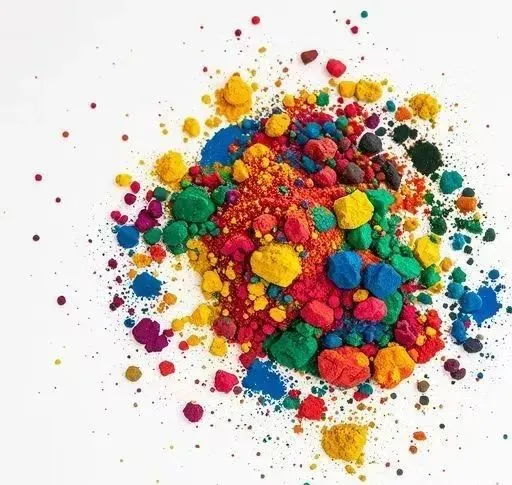Pigment dispersion is the key to creating coatings. External forces cause the pigment to become fine particles. Then, it spreads evenly in the continuous phase to create a stable suspension. It requires resins, pigments, and solvents to function properly. It also requires a wetting dispersant. Dispersants improve dispersion and storage. It prevents pigment from settling and clumping. This settlement may have an impact on construction. Good pigment dispersion enhances the shine. It conceals shine and enhances the rheology of the coating.

What is the reason for the reagglomeration of fine pigment particles dispersed in the medium?
After being spread into an ideal state, the fine pigment particles in the medium may clump again. They will return to clumps once the shear stress in the system weakens or disappears.
This is because as the pigment particles spread out, they become smaller. Their surface area increases and their surface free energy also increases. This causes fine particles to attract each other more and more as they spread out. Fine particles always move to reduce their specific surface area and energy. The pigment particles will re-solidify.
Pigment dispersion
Pigment dispersion involves three closely related and inseparable processes: wetting, crushing, and stabilization. Many forces operate within the dispersion system. They arise for various reasons. Various forces determine the stability of a dispersion system. The pigment dispersion system remains stable due to two main factors. These are charge repulsion and steric hindrance.
To get a good coating dispersion system, you can’t rely only on resin, pigment, and solvent. You must also use wetting and dispersing agents.
Wetting agents and dispersants are both surfactants. Wetting agents help wet pigments. Wetting agents reduce the tension between liquid and solid. They improve the dispersion of pigment and cut the grinding time. Low molecular weight has high wetting efficiency. This is because it evaporates quickly in water. Dispersants aid stabilize pigment dispersion. They can stick to the surface of pigment ions. This creates charge repulsion and steric hindrance. These effects keep the dispersion stable.
How to keep pigment particles in a stable dispersion state after dispersion
1. Double electric layer stabilization mechanism
The double electric layer mechanism works because pigment particles’ surfaces carry a charge. This charge creates a double electric layer. The repulsive force between the double electric layers reduces attraction. It acts on the pigment particles. This achieves the stability of the particles after dispersion.
2. Stabilizing Steric hindrance mechanism
Steric hindrance states that when pigment particles disperse, they form a new surface. A layer of coating is added to the surface. The pigment particles are close. The coating layer blocks them from condensing again. This separation and stability is the goal.
The thickness of the coating layer determines the distance between the particles. For example, when wax powder is used for wrapping, the thickness is often expressed as 100A or 200A. For most particles, an adsorption layer >100A thick can block them.
